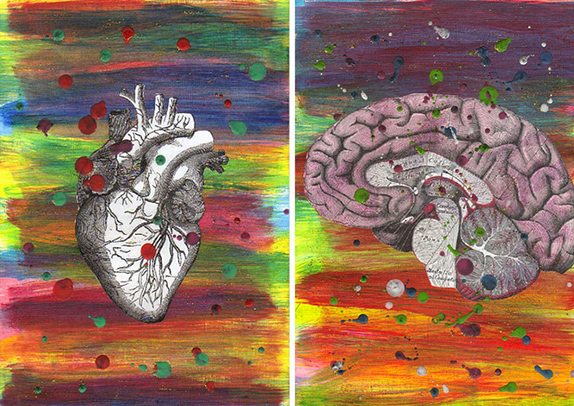
Several years ago, my teenage son, out of the blue, began exhibiting signs of mental illness. It was a cruel twist that most families don’t expect, but what followed the diagnosis of paranoid schizophrenia, was the deepest cut of all. It was the Kafkaesque search for psychiatrists, and for treatment programs and facilities that would provide a sense of safety and a hope of recovery.
Neil was 19, in college, working, and had moved out on his own. I noticed that summer that he was spending more time alone, wasn’t talking to us much, and often appeared agitated or depressed. I asked if I could help. He said he was fine. The next time I saw him he told me that his dad had joined a criminal motorcycle gang and that it was dangerous for him to be close to windows. I took him to the hospital.
He emerged 11 days later, still delusional, but with a prescription and a psychiatric appointment. He was too sick to be successful at school or work, and moved back home. He started sleeping for 16 hours a day, found no relief in a psychosocial rehabilitation program, gained forty pounds and lost his personality from medication side effects. We couldn’t find a therapist. He qualified for SSI and Medicaid, but these didn’t lead to therapy, and Neil stopped seeing his psychiatrist and stopped his medication.
He continued to struggle and was re-hospitalized through mental health court. He was released from the hospital after three weeks with no treatment plan, no follow-up appointment with a psychiatrist.
I called every psychiatrist in the phone book and couldn’t get him seen. I called my friend Nancy Jo Archer, then director of Hogares. She got Neil an evaluation, a treatment plan, a community support worker, a therapist, and a psychiatrist all available through her agency. The psychiatrist changed his medication. Both Neil and I felt hopeful.
But then Neil lost his therapist when Hogares was taken over by an Arizona company in the summer of 2013. It took almost four months to get him a new one. His psychiatrist quit shortly thereafter. He has been assigned two different psychiatrists. His new therapist gave him inaccurate information about how to get services. He worried about that, but continued to see her for awhile. He found the appointments to be “pointless.”
I assured him that when Medicaid moved to the new Centennial Care program in 2014, he would get a care coordinator who would help him find a consistent psychiatrist. I told him schizophrenics met the criteria for a higher level of services and he’d hear in January. His care coordinator finally contacted him in May with the name and phone number of a provider. We called. The provider wasn’t taking new patients.
Discouraged, Neil talked to me about stopping all mental health services. He hadn’t met with a psychiatrist for over 20 minutes a session this past year, which he didn’t think it was real treatment. We supported his decision and finally found a new psychiatrist. We are fortunate we have the means to pay cash for Neil to see a psychiatrist because the provider doesn’t take insurance or Medicaid.
I can attest to how difficult it is to navigate the fragmented, inadequate mental heath system we now have in Bernalillo County. And I hope you can put yourself in my position on Election Day when you weigh in on whether the county should impose a small increase in the GRT for programs for people like Neil. We desperately need them, and families like mine are losing hope that help is on the way.
Please Vote YES on Nov. 4, in support of a 1/8 percent gross receipts tax advisory question regarding needed mental health programs in Bernalillo County. Although the measure would not become law upon its passage it would give County Commissioners a push to pass an ordinance which could generate approximately $20 million a year for mental health services.
(Image by Soffie Hicks / CC)

October 29, 2014